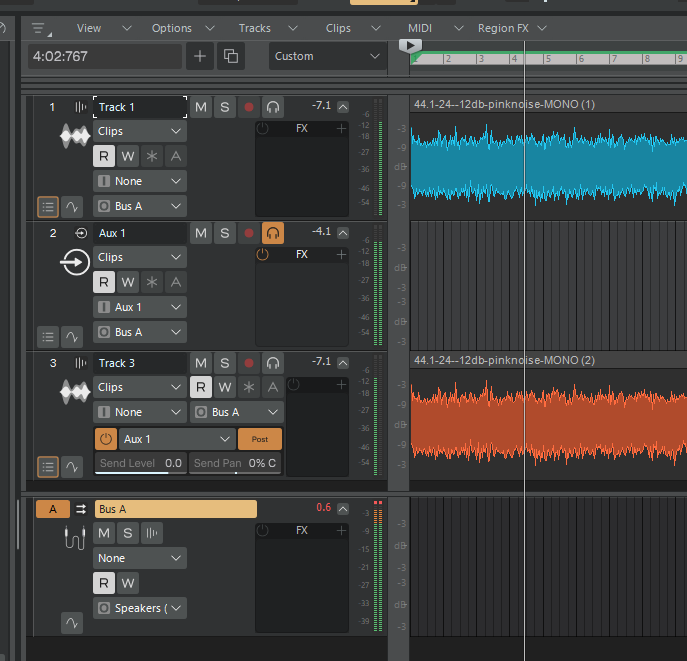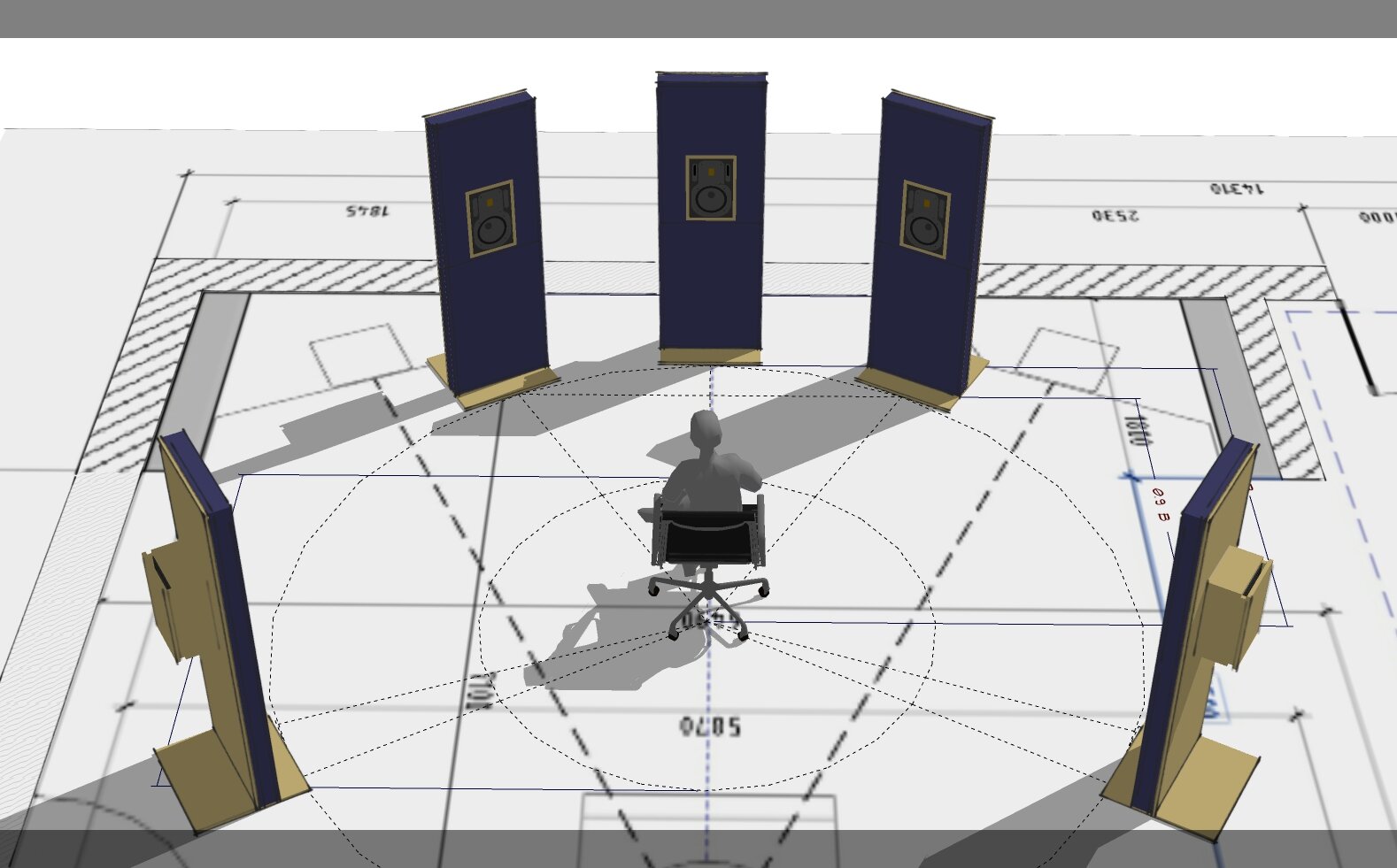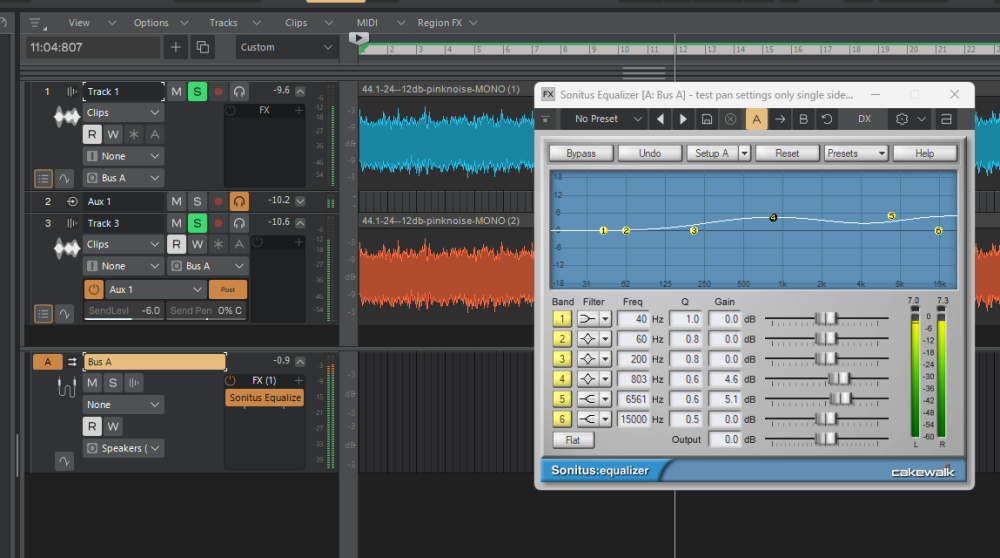-
Posts
2,178 -
Joined
-
Last visited
Posts posted by Glenn Stanton
-
-
Copilot+ PC
in Q&A
Is NPU better than GPU?
It depends on what context you are comparing a Neural Processing Unit (NPU) against a Graphics Processing Unit (GPU) since both are integral parts of a computer's processing abilities. GPUs are specifically designed to render complex imagery to handle tasks like video editing and gaming. However, NPUs are designed to work faster with AI tasks, reducing some GPU loads so a system can work more efficiently. The thing is, NPUs tend to be more limited to small, repetitive tasks, whereas GPUs can handle larger and new tasks better. The important thing is that both processors work together to improve a system's overall performance, like in a laptop.
What can I use an NPU for?
A Neural Processing Unit (NPU) can accelerate AI machine learning tasks such as speech recognition, background blurring in video calls, and photo or video editing processes like object detection.
my question is: what is an AI task? i can imagine your Copilot+ PC stopping you to ask all kinds of questions like the software Copilot will tend to do -- "how can i help you now?" stuff... LOL.
it will be interesting when someone creates valid benchmarks...
-
 1
1
-
-
not sure how much "public domain" hip hop and trap music for training is available given the length of time a copyright persists. it's one of those things that the legal system will end up deciding WRT AI training on copyrighted materials.
-
32-bit files, not 32-bit OS 🙂 (i hope)
-
 2
2
-
-
reboot the PC?
-
the Ozone Maximizer (esp the new Ozone 11 version) is very nice esp coupled with the Insight loudness metering. you can set the Maximizer to have a constant level either in or out so you can compare the effect. i usually also add a touch of gentle EQ before the Maximizer to remove a bit of low mids, or push a bit more higher end.
i use this on the master buss and not on the monitoring or print busses. if i am sending to mastering, once i have tweaked things here, i'll turn it off and then print about from 26LUFS to -18LUFS (depending on targets) so the engineer has room. i'll also print my "mastered" version as a reference as well.
i don't really use the Ozone FX on tracks as i find my other FX typically do what i need. i may on real problem mixes run the Neutron to identify masking issues. e.g. https://www.izotope.com/en/learn/unmasking-your-mix-with-neutron.html
-
 1
1
-
-
-
quick test in Sonar - two tracks hard panned, out to buss A, plus sends to an Aux track as well, stereo as expected. with or without the Sonitus EQ. for me it seems to be working as expected.
- each source track was set to mono interleave with a mono clip.
- buss = stereo interleave, aux = stereo interleave
- no FX, no PC on any tracks or buss
- no solo settings
- latest Sonar

-
so tagging someone like @Noel Borthwick would possibly work - Noel - any thoughts on enabling multiple stackable or otherwise floating console views?
-
pan law settings? corrupt audio file?
-
19 hours ago, Milton Sica said:
How wonderful it would be if you could have access to this documentation.
search?
-
 1
1
-
 1
1
-
 1
1
-
-
somewhere either on this site or in Noel's blog, he went into great detail on the WASAPI integration work they did with Microsoft.
-
 4
4
-
-
i think the drum map might actually benefit with some improvements as not all VSTi have built-in mapping features for the MIDI note assignments. another preference would be to not call it a "drum map" but rather an instrument map or MIDI matrix etc to better define it's function - mapping one set of MIDI notes to another set of MIDI notes and assign it to an instrument or better yet, available to multiple MIDI driven instruments 🙂
-
 3
3
-
-
for a while the updates on CbB would reset the default workspaces, so the answer was simple enough - create your own. i have about a dozen workspaces which i use to quickly realign the views depending on what i'm working on. i jst leave the default ones as-is and never use them. so if the issue was corrected in the last 3 years, that is good, if not 100% reliable for preserving custom settings, i'd suggest my approach.
-
 1
1
-
-
depends. if the buzzing is generally frequency related then it's possible you have too much LF energy and it's causing your speakers or headphone membranes to hit the end of their physical excursion, or there is something damaged. turn down the volume and see if it continues.
-
it's a wholly separate product (like the CA-2A and PC4K Expander etc). if you purchased it in the past then you would see it in your Cakewalk products list (which would also have the serial number and activation code).
so if you didn't buy it way back, then you're likely going to want to use another limiter. W1 is decent. i have several commercial ones as well including Waves L3 Multimaximizer and Izotope Ozone 11 Maximizer both of which work very well.
-
generally i start mixing on my regular ATH-M50 headphones using the a custom sound reference curve. then for checking - my speakers, car, and VSX. i'm not a fan of mixing via VSX but for cross-checking it's good to switch through quite a few variations of near-field, mid-field and some full monitoring setup and assess things like LF and mid-LF. like any monitoring, you need to "learn" your system(s) so you can assess correctly. using high quality professional mixes as references is important - cavaet being they are often mastered which can skew your perception - so match levels is a good idea.
-
 1
1
-
-
check your export settings. you need to include all the tracks that feed the master buss. make sure none are muted. then save it as a task once it's working correctly. then just run the task whenever you need to export.
-
 1
1
-
-
3 minutes ago, pwalpwal said:
There should be an official support person responding to these kinds of issues
there is. just go to the support web page and fill in the form requesting help. or read the FAQ.
as far as offline activation - recently Noel walked someone through the process successfully. it does involve using a USB key or equiv.
-
 2
2
-
-
11 minutes ago, pwalpwal said:
what's your idea then, what do you think is happening at blhq, other than ignoring us?
i filled out the form with request for perpetual licenses and got a nice response which included the words like "we're looking into the options". so there is hope. but meanwhile i'm using Sonar to get work done.
-
Acon Acoustica is a really overall nice program for editing and also batch audio conversion. i have DaVinci for video and use that to create different formats on video files.
-
where are the files stored across these systems? NAS?
-
 1
1
-
-
i use Musescore to create chord and lyrics notation, or simply use Notepad++ for lyrics and general song info. archive the Musescore into musicxml file (just in case) as well as print to PDF. it can also play and depending on the level of detail, provide the melody etc. import / export MIDI.
-
if you send an MP3 128K bitrate, you could just text it or email it.
-
ah. the joys of supporting 20 year old software 🙂
-
 2
2
-




Gain Staging
in Q&A
Posted
back in the bad old analog days, you ran hot to overcome systemic noise and ensure a good level on the tape. now with digital mostly have a noise floor below -100db, running hot will lead to digital clipping which is a problem unless you like that sound...
from the IO unit - most A/D converters are 24-bit - so you need to ensure you're hardware is running low enough to prevent peaks from clipping (or preface the IO with a manual volume control movements / compressor / limiter etc). the DAW will take that input (and presuming it's not clipping) will write that to the file (24-bit or 32-bit).
reading from that file (clip), you need to consider the summing of all tracks (into buss(es) or your hardware output). decibels are ratios and logrithmic. if you have a single track (say a stereo live recording) you might just set it to -6db before exporting it for a mastering step. if you have 10 tracks, you might set each to -18db and set the master buss to -6db. and possibly tweak each track gain to reliable and as evenly hit those values before adjusting the volume of each.
ultimately adjusting levels depending on the material and export target.
i would just use the builting metering of CbB / Sonar as it has enough options for those types of decisions.